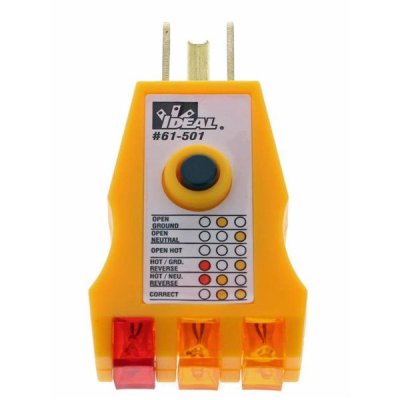RickyD
Guru
- Joined
- May 4, 2018
- Messages
- 730
- Location
- United States
- Vessel Name
- Aquarius
- Vessel Make
- Californian 55 CPMY
So, the other morning on the boat I wake and see my phone did not charge. I check it, yep, not charging. So I get a power indicator that lights up on AC power and I get a light. So, ok I'll put in a new receptacle. Still no charging. Break out the multi tester and I find that I have 99v across the receptacle and 120 hot to ground. That was on the stb side of my aft stateroom. So, Ok lets check the next closest receptacle, also bad. Ok what about in the stb head. Also bad. Port side is no problem. Both sides are on the same breaker. Port and stb salon are good. I checked for corrosion and neutral wire tightness on all affected receptacles and they look clean and tight. All read 99v.
I pulled down the main breaker panel and of course the 30 year old rats nest is just mind boggling to me. I looked at and wiggled all the white wires and most every thing looks clean enough and solid for 120v.
By the way, I get about 4v from neutral to ground. Might that be a separate problem? Or is that normal?
Any suggestions for a novice to look for beyond hiring a qualified marine electrician? My guy charges $120/hr with a 2 hour minimum and he is 3-4 weeks out.
I pulled down the main breaker panel and of course the 30 year old rats nest is just mind boggling to me. I looked at and wiggled all the white wires and most every thing looks clean enough and solid for 120v.
By the way, I get about 4v from neutral to ground. Might that be a separate problem? Or is that normal?
Any suggestions for a novice to look for beyond hiring a qualified marine electrician? My guy charges $120/hr with a 2 hour minimum and he is 3-4 weeks out.


